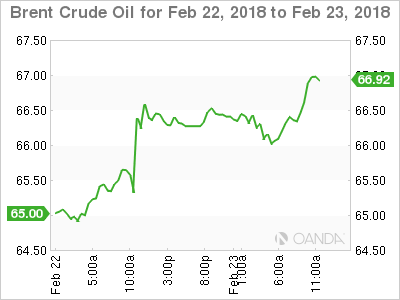Friends, let’s talk about what’s really happening in Beijing. We’ve just witnessed a windstorm of epic proportions, and it’s not just a weather event – it’s a wake-up call. Data from April 11th to 13th paints a harrowing picture.

According to the Beijing Meteorological Bureau, a low-vortex system unleashed furious winds on the capital. What’s unsettling is the scale of the event. Out of 20 national meteorological stations, a staggering 13 recorded peak wind gusts exceeding anything seen in the last ten years for April. An even more alarming 8 stations saw record-breaking winds since their establishment—ever!
Let’s break down the numbers: 517 out of the city’s monitoring stations (that’s 91%!) registered peak winds reaching force 8 or higher on the Beaufort scale. Another 345 stations saw winds between force 9 and 11. And, incredibly, 16 stations recorded winds reaching force 12 to 14! The strongest gust, a terrifying 45.8 m/s (force 14), was measured at Gaoshan Rose Garden in Mentougou.
Understanding Wind Force & Risk:
The Beaufort scale is crucial here. Force 8 (Strong Gale) can uproot trees. Force 9-11 (Gale to Storm) causes structural damage. And Force 12-14 (Hurricane)? Well, that’s catastrophic!
The Low-Vortex Culprit:
These types of systems, often forming over land, create intense pressure gradients—the bigger the gradient, the stronger the winds. They’re becoming increasingly common with climate shifts.
Why This Matters for Investors:
Beyond the immediate disruption, this points to increasing volatility in weather patterns. This translates to risk – for infrastructure, supply chains, and ultimately, the economy! We need to factor climate-related events into our risk assessments, folks. Don’t just ignore it, prepare for it.
This isn’t an isolated incident; it’s a symptom of a larger trend. We ignore these signs at our peril. As always, stay informed, and stay prepared.






